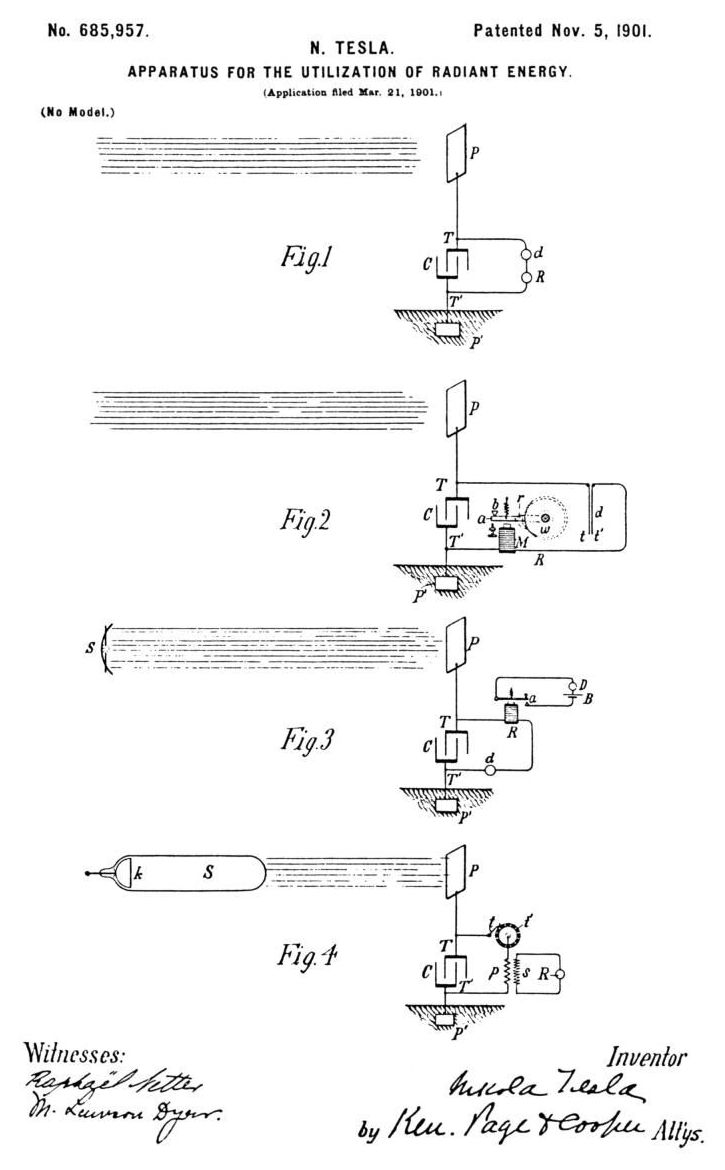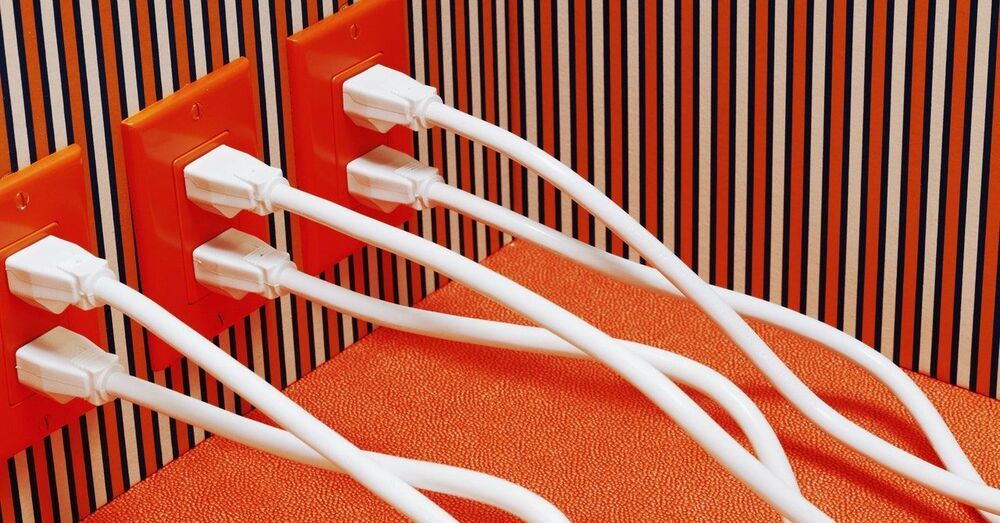Tesla’s extreme Australian makeover continues with a new “virtual power plant,” part of the continent’s overall program to encourage these collections of renewable resources. Tesla is just the first to make and report on a virtual power plant for the program.
Like the large energy storage facility Tesla operates in South Australia, the goal of the virtual power plant is to both collect energy and store it to be fed back into the grid. The pilot virtual plant is distributed across the rooftops of 1,000 low-income homes in South Australia, and Tesla says its goal is to eventually have 50,000 solar rooftops there. That number might sound small, but South Australia only has about 1.6 million residents.







